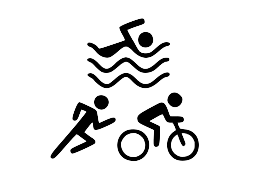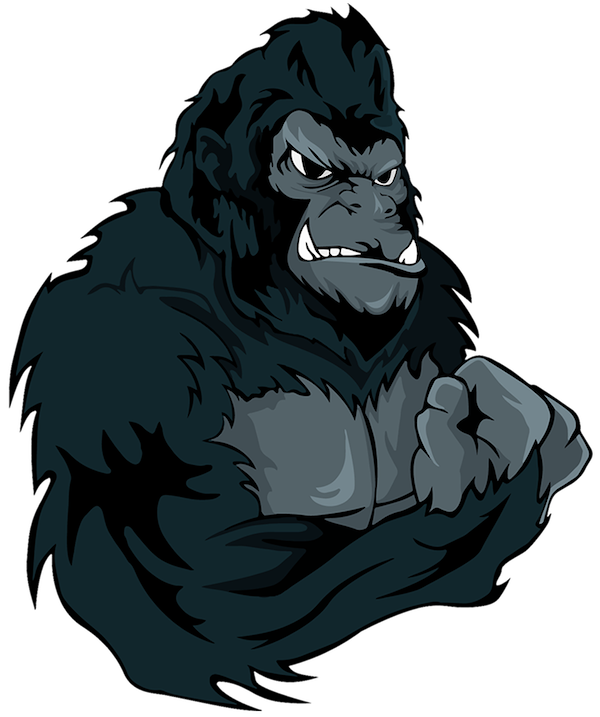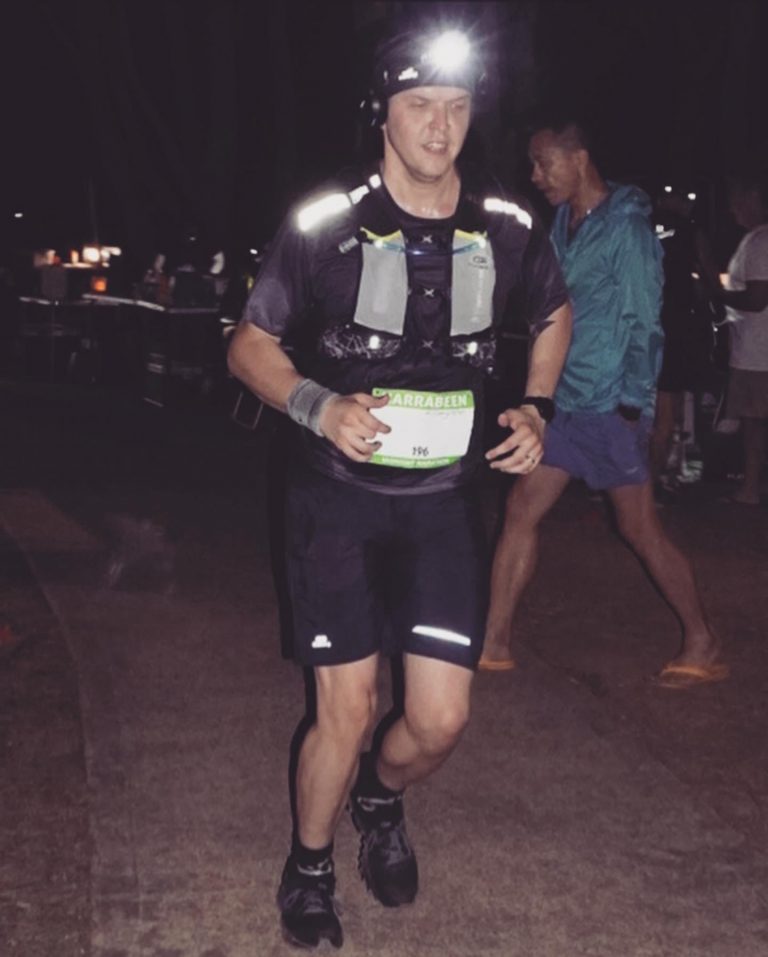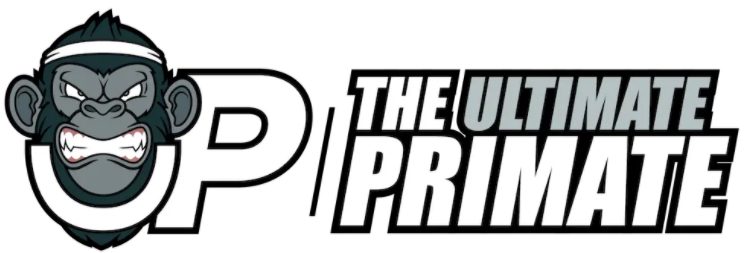Some of you have only heard of it, others may have participated in it, either way, a triathlon is one of the most challenging things you can do in your life. I know that doesn’t help diminish the fact that triathlon is intimidating and overwhelming but it has to be said: you need to prepare for it 100 percent.
There are tons of material online tackling the different aspects that you have to know about triathlon. But I wanted to give you a bit of a summary of all those in this one full read so by the end of this, you’ll know a bit of this and that, and hopefully, get you interested in joining one.
 I’ve been joining marathons and training for triathlons in half ironmans for a few years now so I’ve had my cake of experiences, positive and negative these might be.
I’ve been joining marathons and training for triathlons in half ironmans for a few years now so I’ve had my cake of experiences, positive and negative these might be.
On the onset, I would say that triathlon is not just about the physical, you have to be mentally and emotionally prepared for it. There were times that I got to a point wherein I felt like my whole mind was against me which prevented me from moving even an inch of a step forward.
That’s one of the challenges you would face in a triathlon. In this article, I will try to answer all of the questions that I had too when I was just starting out then like what is a triathlon? How long is a triathlon? How did it triathlons start? How do I train for it? I hope you’ll stick around to find out. Whilst I haven’t yet done the half ironman (As I’m training for it), I’ve done some Sprint triathlons (Which I’ll explain later) so my experience in triathlons is not completely nil. Anyway, here’s the lowdowns on Triathlons!
What is a Triathlon, How Long Is It And How Do I Start?
What is a triathlon?
A triathlon is an endurance race that is continuous and follows a sequence of sports that are all needed to be accomplished by each athlete. There are many known variations of sports existing in triathlons but the most common is the swim, cycle, and run format. This makes the triathlon one of the toughest cardiovascular multisport competitions known yet.
The race is timed for all three sporting events and sometimes even includes the transition time between each sport. The transition is the part of the race wherein each player finishes one sport to move on to another sport. He or she then needs to switch gears from swimming to putting on cycling shoes and gear then moving on to running which needs running performance apparel. All of these while thinking about getting ahead of your race.
The athlete with the fastest time wins. It is usually a non-contact sport but you can expect a few incidents here and there. According to bicycling.com, there are about 4 million people who participated and signed up for various triathlon races in the United States just last year. Some try to target one of the most coveted triathlons in the world: Ironman World Championship, while others, simply want the experience of going through that finish line.
How did triathlons start?
It’s very difficult to trace back the true beginnings of triathlon as many versions from many countries have emerged since the 1900s. The first-ever recorded event though happened in France during 1901 and the event was called “Les Trois sports” or the three sports. According to the records, this was set up to determine who was the sportsman of that time. This early triathlon consisted of a bike, run, and canoe.
During the Modern Era though, the first swim-bike-run event happened in September of 1947. It was held in San Diego, California at Mission Bay. It was founded and organized by San Diego Track Club runners Jack Johnstone and Don Shahanan. This was actually inspired when Johnstone participated in a biathlon organized by Dave Pain which only consisted of a 4.5-mile run and a quarter of a mile swim.
When he experienced this, there was no turning back for him. He pleaded with the San Diego Track Club president to allow him to tweak their races and incorporate biking and swimming into the formula. Back then, they had 46 participants which were a very big number at that time.
Two of the participants in that race were Judy and John Collins, both of which were key to the founding of the sport Ironman Hawaii. And as they say, the rest is history.
What are the Triathlon Distances ?
If you’re just learning about triathlons, one of the first questions that you have to ask is: how long do I swim-bike-run for? There is a lot of preparation that is demanded before you even think about signing up for a triathlon and knowing what kind of beast your up against will help you tweak your training program to yield the best results. Here are some of the most common triathlon distance formats:
Sprint Triathlon
If you’re just looking to experience a triathlon or wanting to start somewhere for a long committed career in participating in triathlons, the Sprint Triathlon is always the best format to start with. I would recommend this to anyone who wants to starts their triathlon journey as I started from here, too.
This kind of marathon won’t demand too much change from your workout regimen if you’re already highly active. Assuming that you’re at a great physical condition with consistent workouts daily, week on week, you can start your training at least two to three months before the event. This will give your body ample time to adjust to different factors like course conditions and the weather.
On average the sprint triathlon is about 750 meters on water, 12.4 miles on the bike, and about 5-kilometer run. Depending on your physical condition and the factors I mentioned above, you most likely would finish this for about 2 hours.
One major tip that I would leave for you here at this stage is to train not only in a protected pool but also expose yourself to open waters. Open water has a different kind of resistance to it, and only be experiencing it will you be able to gauge your strength and skill in that kind of water. Just make sure that someone tags along with you.
Whilst this is the shortest triathlon, make no mistake it is not easy. I’ve done sprint triathlons and whilst you can complete them with not much training, you might not enjoy it as much as if you were training for it and made it a goal.
Olympic Triathlon
Sounds very… menacing and intimidating. But once you’ve conquered a few sprint triathlons (no, one doesn’t count), then you’re up to move on to the next distance: the Olympic Triathlon.
Now, there’s a reason why I said that finishing one Sprint Triathlon doesn’t count, because the Olympic Triathlon is a challenging distance to take on. Usually, in this race, you’d be facing athletes who are training to compete for the ironman triathlon. Make sure you prepare for this day.
On this day, you should be prepared and well-trained to swim a whopping 1.5-kilometer swim, 40-kilometer bike, and a 10-k run. Just typing that made my head spin a bit. Can you imagine how far that would take you? That’s 3 to 5 hours just swimming, biking and, running.
It will hit your endurance, it will test your mental toughness and overall provide a noteworthy challenge for anyone who’s up to take it. I would recommend that if you’re coming from Sprint distance, to train for this distance about 4 to 5 months prior to the race.
Half Ironman Triathlon
Not to brag or anything, but I’m very proud to say that I’ve conquered the first two and am currently mastering this distance. As the primer for the ultimate Ironman, the Half Ironman will give you a blunt taste of what the real deal is. But if I may say, this one’s a hundred percent the real deal as well.
The race totals 70.3 miles, broken down to 1.9k swim, 90k bike, and 21.1k run. Depending on your physical stature, level of training, and other factors like weather, you would probably finish this race in about 5 to 7 hours. If this is on your races-to-finish list, make sure you train four to six months prior.
It is also key to note that at this distance your nutrition will start to manifest on your races. The half Ironman is where that begins. Make sure that you have a well-planned program wherein you take care of both your hydration and nutrition.
Full Ironman Triathlon
Nothing will ever be as real as the Full Ironman Triathlon. Think blood, sweat, tears— or something more in between finishing this 140.7-mile race. 140.7 miles. Let that sink in for a moment.
Be prepared to take on the 3.9-kilometer swim, 180.2-kilometer bike, and 42.2-kilometer run. You’ll be hitting wall after wall on this race if you don’t train hard enough. For novices, you should have prepped and trained for about seven to nine months before your race day. Otherwise, just call it quits and register for the next event.
Globally, around 96,000 people sign up to attempt the big ironman race each year. Can you imagine what kind of training an athlete like Jan Frodeno incorporates into his lifestyle in order to be the 3-time champion of Ironman World Championship and 2-time champion of the Ironman 70.3? He must be swimming, biking and running in his sleep! He is even the world record holder for the longest distance.
If you’re aspiring to go this distance, I would recommend that you seek coaching both for your nutrition and performance. The main goal is not only to cross the finish line but to keep you in tip-top shape once you’ve crossed it.
 Editor’s Corner
Editor’s Corner
Nothing beats blood, sweat and tears being put into a goal in which you’re trying to achieve to better yourself. If you’re training for a triathlon first of all let me be the first person to say, good on you! Please keep in mind that training for a triathlon takes a lot of time and needs to be covered in a completely different article altogether which I’ll post at a later date. However, if you’re just starting out, give the Sprint triathlon a go. It’s a great event to get started with triathlons and is a lot of fun!
Conclusion
It’s very easy to aspire and dream of finishing a triathlon, but the dedication and commitment that goes into training for it are immeasurable. Plus, you need to prepare some gear in order to adequately perform each sport, and worrying about your equipment should be the last thing in your mind.
If you’re a beginner triathlete, there’s so much you need to learn at this point. But don’t be overwhelmed and take it one step at a time. You will learn a lot of new skills from transitioning to advancing in your swimming, to hitting a new record in your bike and run. Take it all in and learn from each shortcoming.
I would recommend setting up a training program that fits into your lifestyle and not the other way around. If you’re committed to it, you’ll surely find time to do it. I’m a runner through-and-through so check out my post on 17 running tips to become a better runner. If you’re looking to up the ante on your swim game, check out the best strength training for swimmers i posted previously. I promise there will be more triathlon content coming on The Ultimate Primate in the near future!
Thanks for reading all the way, I look forward to reading about your thoughts on this in the comments section!
Sources:
1. https://www.statista.com/statistics/191339/participants-in-triathlons-in-the-us-since-2006/
2. https://adventure.howstuffworks.com/outdoor-activities/triathlons/triathlon-distances.htm

Marko Rakic is a trail runner and fitness enthusiast from Sydney, Australia. He is the lead writer for The Ultimate Primate and believes the best way to live a happy life is through constantly challenging yourself.
